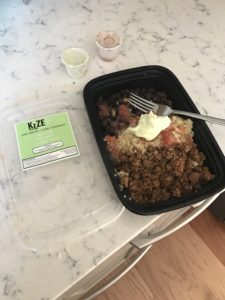The Specific Carbohydrate Diet
In the 1950s, Dr. Sidney Valentine Hass was treating patients with gastrointestinal disorders. One of those patients was a young girl with ulcerative colitis. Dr. Hass led to her remission in about 2 years time through diet and fermented foods. The young patient’s mother, Elaine Gottschall, then went on to write a book titled Breaking the Vicious Cycle, Intestinal Health Through Diet to share this information with the world. This diet is now commonly referred to the Specific Carbohydrate Diet or SCD.
The SCD eliminates grains, starches, and most dairy and sugars to minimize the amount of incompletely digested carbohydrates in one’s diet. This can help the gut flora be more health-promoting and minimize the amount of irritants entering the gut.
The diet has been shown to be quite effective in people with ulcerative colitis (UC), Crohn’s disease (CD) and other GI or inflammatory diagnoses. Many pediatric studies have shown the remission of their UC, normalized weight and height, and a resolution of symptoms. The diet can be used as a tool to “heal” the gut and then foods can be added back in as tolerated.
As you can imagine the diet is rather time consuming. Some study participants spent an average of 10.5 hours a week preparing food. If this sounds interesting to you, check out some of the following websites. Besides the time and effort there are no side effects to this therapeutic option. You will be healthier and hopefully free of flare ups.
-MK
References:
www.Scdlifestyle.com
http://www.breakingtheviciouscycle.info/
http://www.todaysdietitian.com/newarchives/0617p42.shtml




